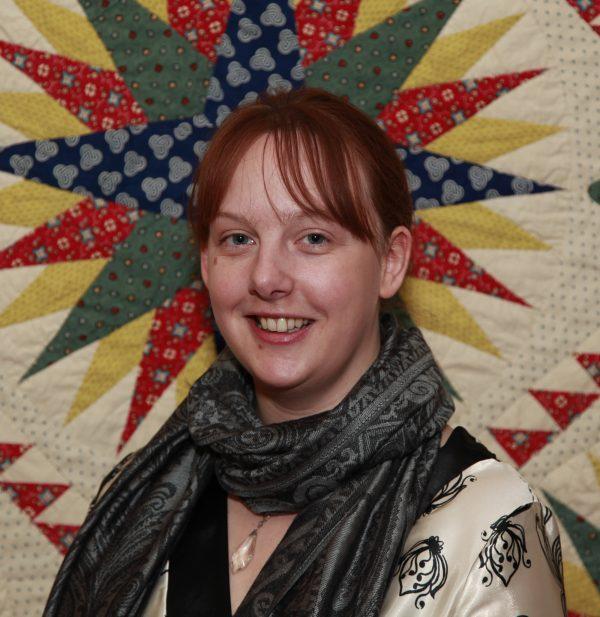
Of all Hawaiian quilts, those most treasured are the ones that feature the Hawaiian flag. It is unusual for these quilts to leave the family of the quilt maker because they are so highly prized. Often the quilts are buried with the person who made them. They were made to honor and commemorate the Hawaiian kingdom and its period of independence, for most of the 19th century; consequently, they feature the Hawaiian flag and royal coat of arms. These quilts also pay homage to the Hawaiian kings and queens.
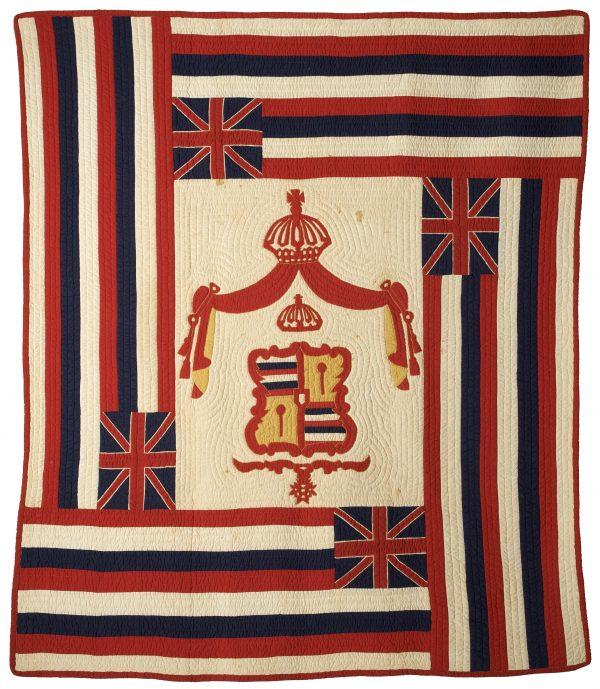
For 22 years, the Union Jack [the flag of the UK] was used as the flag of the Hawaiian kingdom. After 1816, this emblem was incorporated into the design of the new flag—a token of the many years Hawaii was under British protection. It was originally believed that these related quilts were made as a reaction against the forced abdication of the queen of Hawaii in 1893. Subsequent research has suggested, however, that these flag quilts were first constructed as early as 1843, the year in which a serious attempt was made [by the British] to overthrow the Hawaiian government.
The design of these flag quilts varies and can consequently give some indication as to when the quilts were made. The earliest quilts have only seven stripes on the Hawaiian flag. Each of the stripes represents one of the principal inhabited islands of Hawaii. In 1870, Kauai became part of Hawaii—previously, it had been a tributary kingdom—and so another stripe was added to the flag.
After 1883, the coat of arms became more ornate (with a crown suspended over a draped cape and with a “formée” cross, seen below at the bottom of the central panel, under the ribbon). Many [quilts] feature the slogan “Kuʻu Hae Aloha,” which translates as “My Beloved Flag.”
About the Quilt
The central panel of this quilt measures 39 inches by 30 inches and contains the coronet and shield of the Hawaiian royal coat of arms, which has been appliquéd onto a white fabric background. The bright yellow herringbone stitching around the edges of the appliqué design add another decorative element.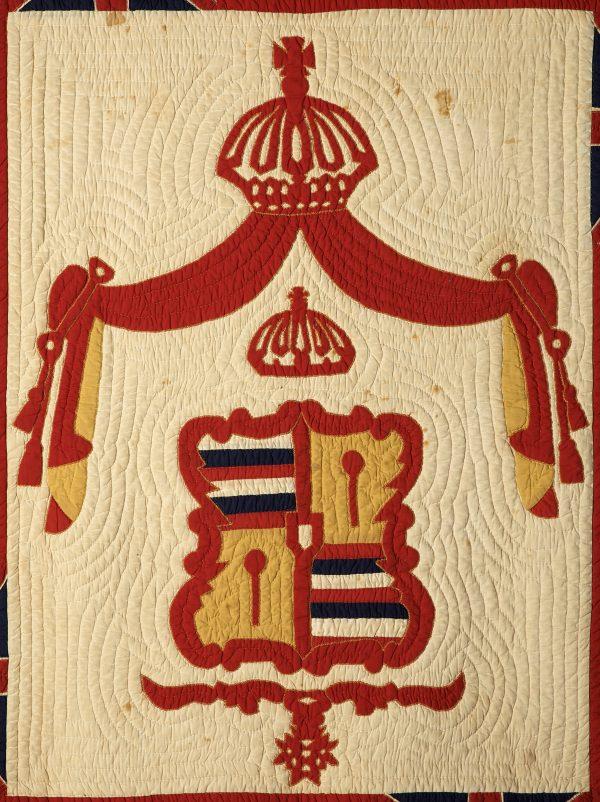
The appliqué design is further enhanced through the use of contour quilting, seen as a series of parallel hand-stitched lines around the motif binding the layers together. Surrounding the central panel are four machine-pieced Hawaiian flags that act as a frame. The quilt top has been backed with two pieces of white cotton and has a central layer of wadding. All three layers of the quilt have been bound together with plain red cotton binding.

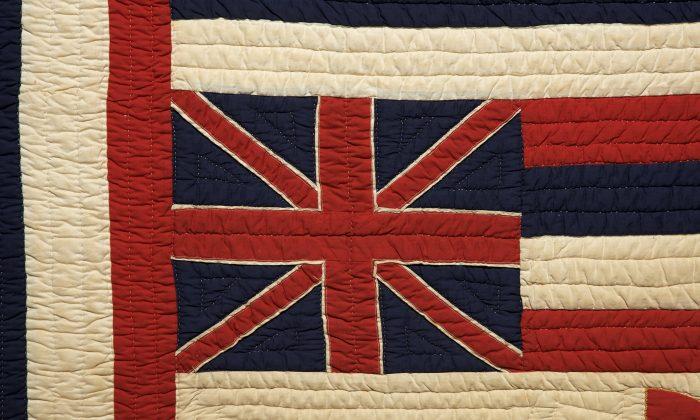

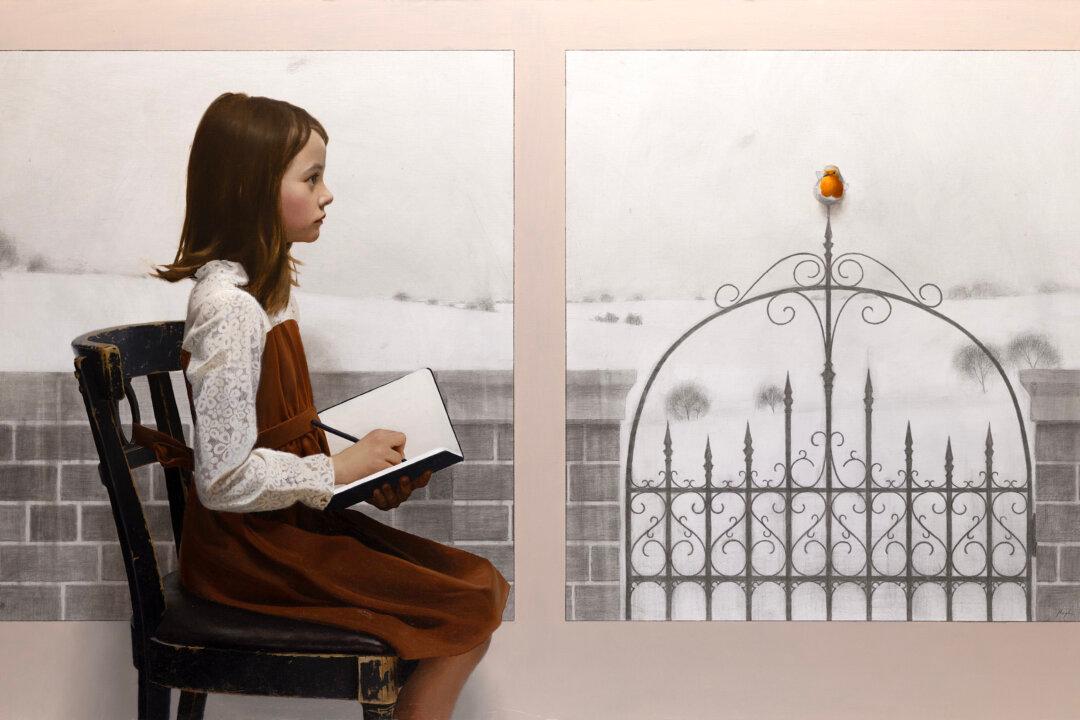

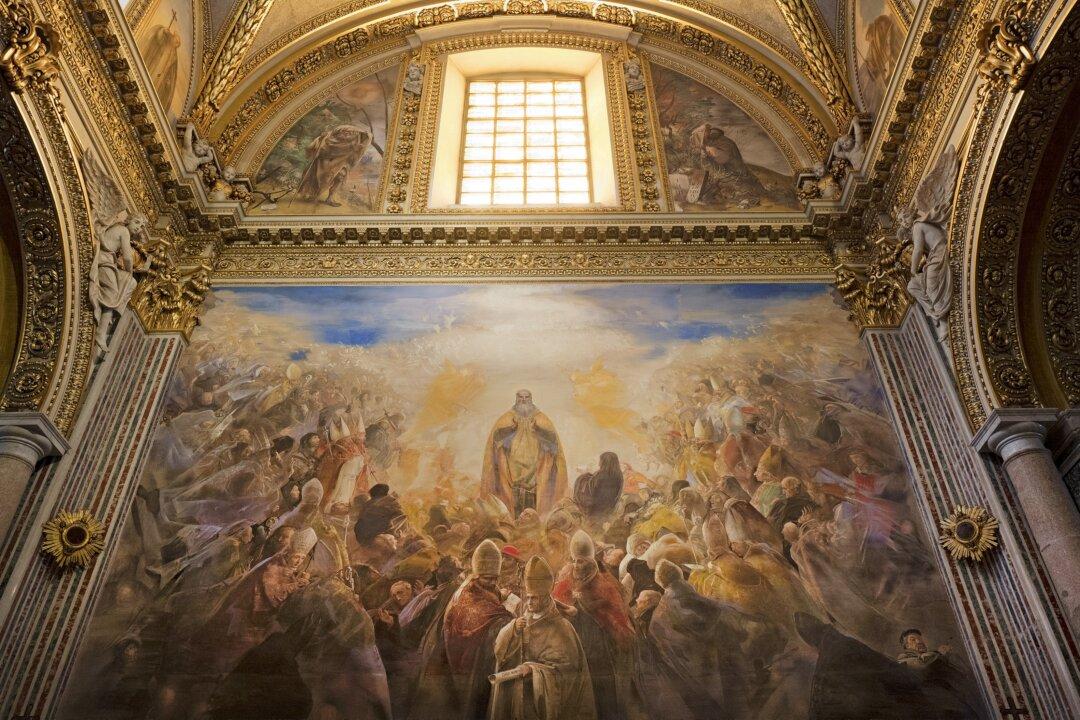
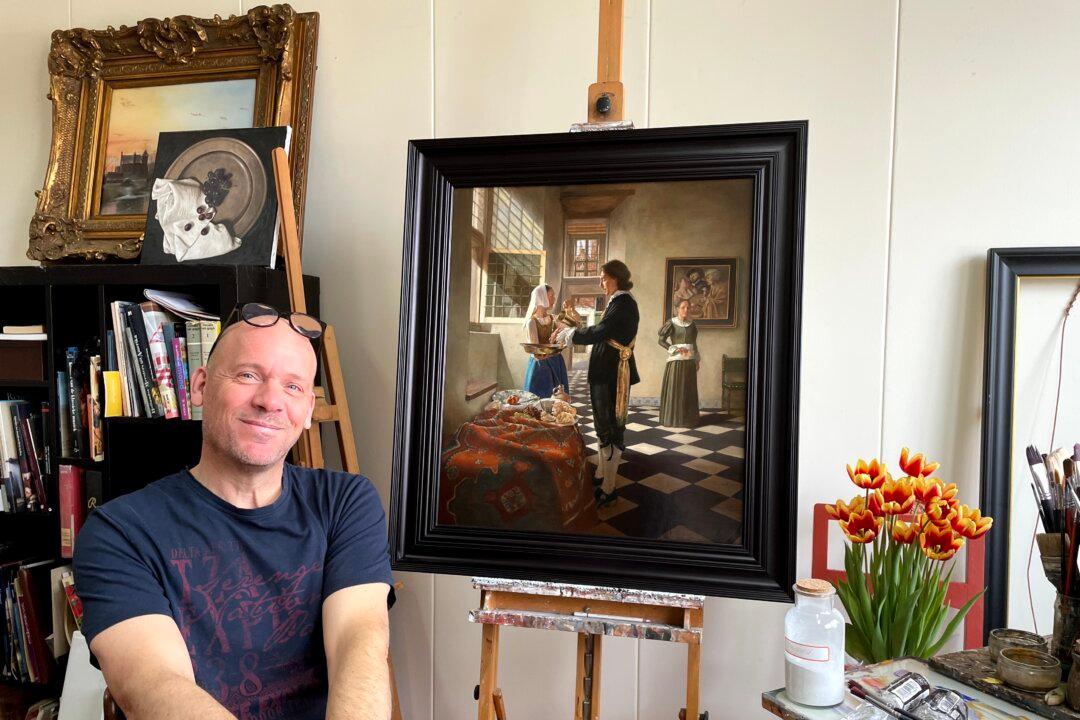
Friends Read Free